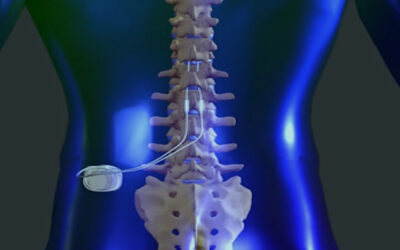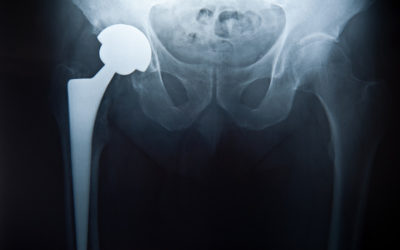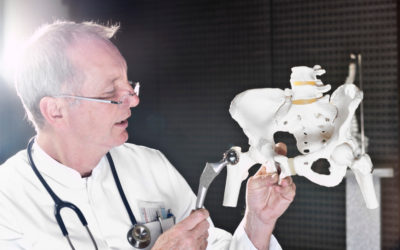It is my opinion that there no longer is any role for this procedure. The FDA does not realize this; they continue to approve implants for hemi-resurfacing. Typically these femoral hemi-resurfacing implants are best used off-label together with an acetabular component for total resurfacing. This highlights the fact that the FDA is not a good source of information when it comes to orthopedic expertise.
Hemi-resurfacing refers to resurfacing only the femur and letting this new metal surface rub against the cartilage or bone of the acetabulum. This is a bad idea.
There used to be one reasonable indication for hemi-resurfacing: the young patient with stage III Osteonecrosis. This means that the femoral head has collapsed, but the acetabulum has not yet developed cartilage deterioration. Hemi-resurfacing in this type of patient typically improves symptoms significantly, but does not give as good or as predictable pain relief as standard total hip arthroplasty. After the new metal head rubs on the acetabular cartilage for a few years, the cartilage wears out and the pain increases.
So why would any surgeon advise, or any patient choose hemi-resurfacing?
The answer is that in a young patient it may make sense to accept a less than perfect result (as far as pain relief goes) in exchange for bone preservation. Especially in the past era where metal-on-plastic bearings had a 30% failure rate in young patients at 8 years often with extensive bone loss due to osteolysis. Hemi-resurfacing in this scenario did make some sense.
The options now have completely changed. Now we have a number of modern bearing options for total hip arthroplasty and we also have metal-onmetal hip resurfacing. Failure rates in young patients with these options are 5% at 8 years without much osteolysis.
If the goal is bone preservation, then a total hip resurfacing is the operation of choice. For stage III Osteonecrosis, it now makes much more sense to also resurface the acetabulum and perform a total hip resurfacing rather than a hemi-resurfacing. The pain relief is much more reliable and the result is longer lasting than for hemi-resurfacing.
The only problem is implanting an acetabular resurfacing component with the femoral head in the way. This technically challenges the surgeon’s skills. Fortunately there are now numerous surgeons worldwide who have developed the skill required to do this routinely with a very low complication rate.
A patient with a modern hemi-resurfacing could probably be converted to a total resurfacing. Most modern components are manufactured to standards that would allow combining them with an acetabular component to convert to a total resurfacing. The hospital implant record would provide the necessary information to make this determination. Older hemi-resurfacing components were not manufactured to specifications to allow metal-metal bearing, and would need to be revised to total hip replacements if they were sufficiently painful.




